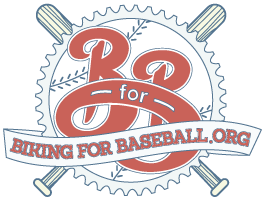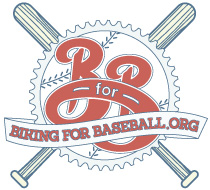Stadium Preview: Part III
What originally fueled the B4B idea was to visit each major league baseball stadium across the country. Now that our dreams will become reality beginning in 2012, we will want to share our greatest experiences with followers of our journey. We’ll report on fan devotion, best concessions, most memorable park moment in history and video blogging each 7th inning stretch the B4B crew will sing along to all season. We really want our readers to experience each stadium along with us.
Over the next few months, the B4B blog will be providing previews of each major league stadium. We will give some historical background, along with plenty of pictures. We would love to get fans perspective on each park as well, so please provide feedback on your favorite stadium on facebook and twitter. Our posts will take us from the oldest stadium all the way to the brand new Marlins Stadium. We hope you enjoy.
Dodger Stadium
Dodger Stadium has been home to the Los Angeles Dodgers since 1962. It seats 56,000, which is the most among all major league stadiums. The Los Angeles Angels* briefly played there from 1962-1965, referring to the stadium as Chavez Ravine Stadium as to avoid feeling the sense of inferiority that the New York Jets felt when they had to play in Giants Stadium.
*Not to be confused with the California Angels, or the Anaheim Angels, or the Los Angeles Angels of Anaheim, or the Anaheim Angels of Orange County, or Danny Glover’s character in the classic film Angels in the Outfield.
In the mid-1950’s, Brooklyn Dodger team president Walter O’Malley had been unable to reach an agreement with New York City to build a new stadium in the borough of Brooklyn to replaced the aging Ebbets Field. O’Malley had sought real estate in Brooklyn to build a new stadium, but the city had attempted to force them into a site in Flushing, Queens, which eventually became the site for Shea Stadium.
Obviously, to the dismay of many loyal Brooklyn Dodgers fans, they moved to California along with the New York Giants for the 1958 season. The Dodgers played 4 seasons at 90,000 seat capacity LA Memorial Coliseum until Dodger Stadium opened in 1962.
Two of Dodger Stadium’s most distinctive features are the wavy roof atop each outfield pavilion and the top of a ten-story elevator shaft bearing the Dodger logo rising directly behind home plate at the top of the uppermost seating level.
The stadium was built in the LA community of Chavez Ravine in Sulfur Canyon. The view past the outfield is of the tree-lined hills of Elysian Park and the San Gabriel Mountains.
Although the distance to center field has been marked at 395 feet since 1973, it is still actually 400 feet to center, as has been the case since 1969. The two 395-foot signs erected in 1973 are to the left and right of dead center. Pitchers have had a decided edge at Dodger Stadium, but they may have more to the do with the great pitchers in Dodger history, rather than it being a so-called “hitter’s park.” There have been 10 no-hitters in Dodger Stadium history.
Biking for Baseball is very excited to see a game here. This will be one of our first stops in the beginning of the 2012 season. Be sure to check out our facebook page and follow all of updates on twitter @Biking4Baseball. We will be posting our 2012 schedule soon!


